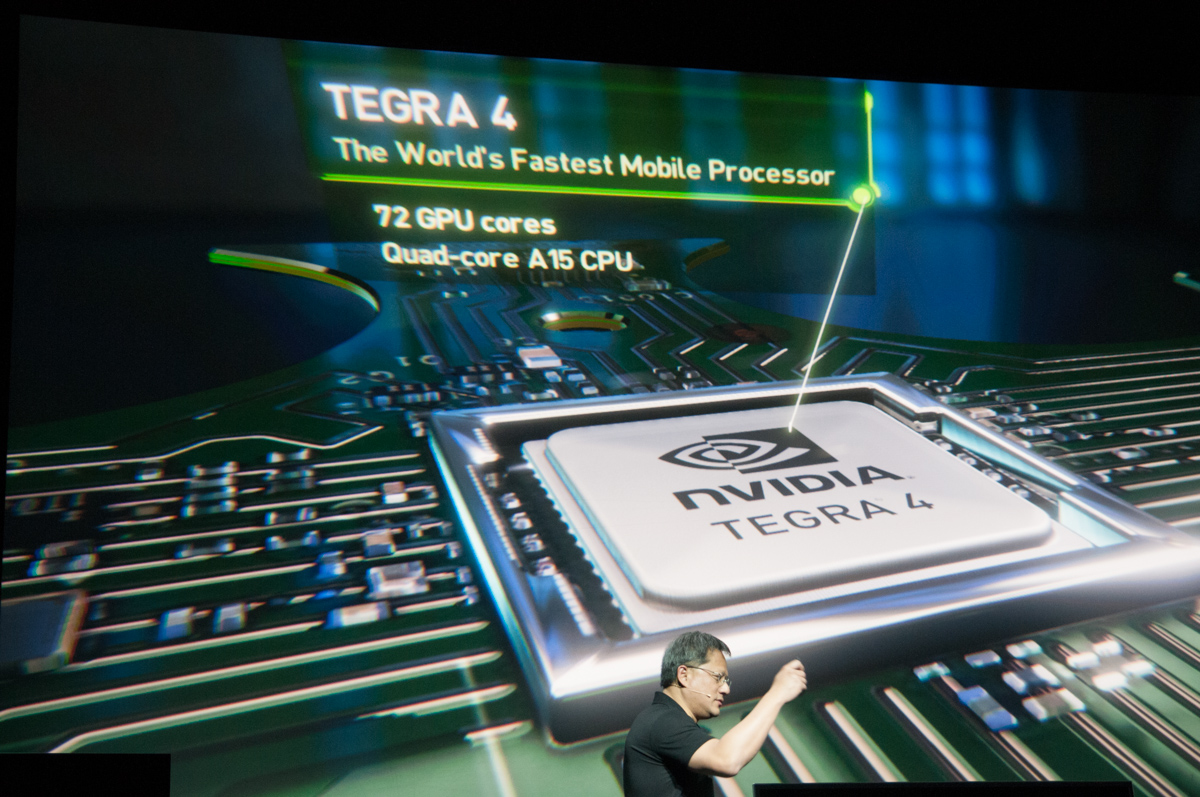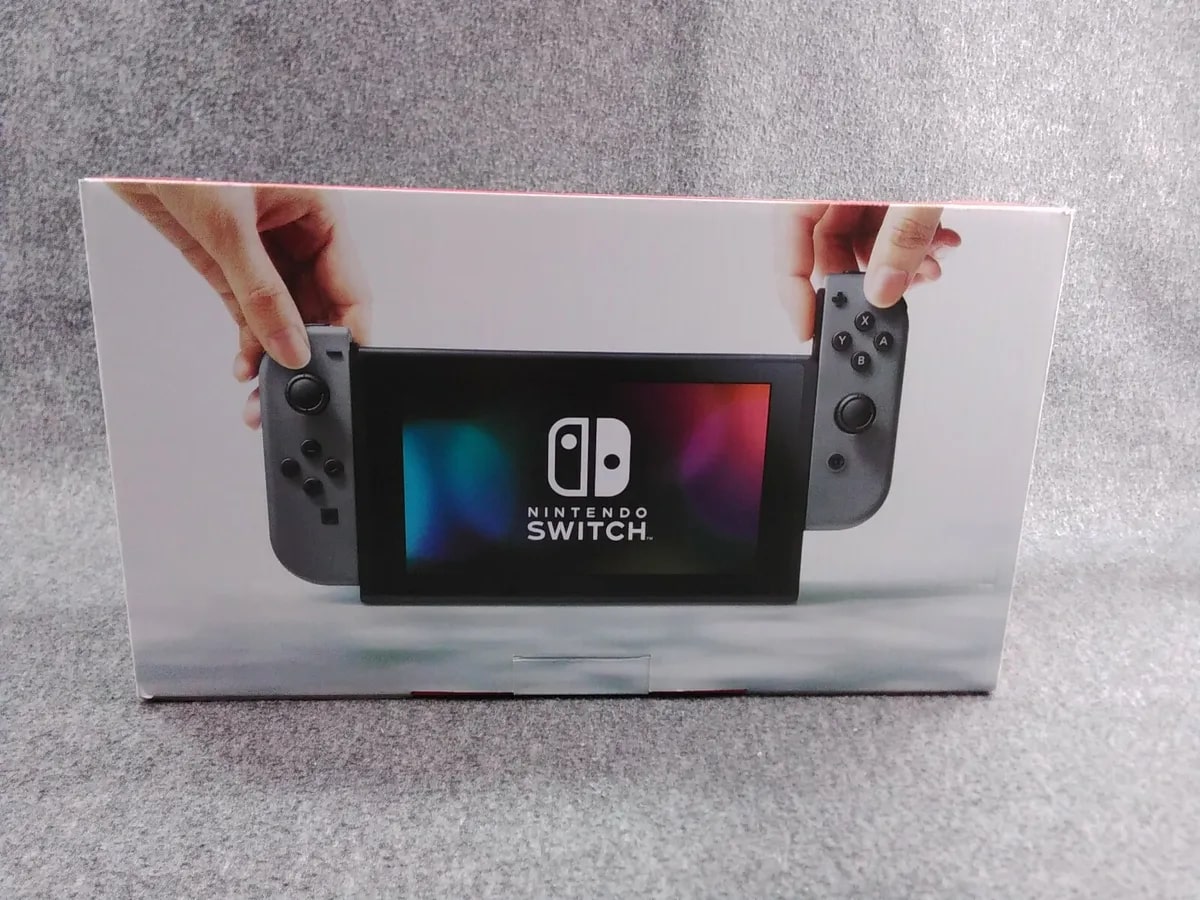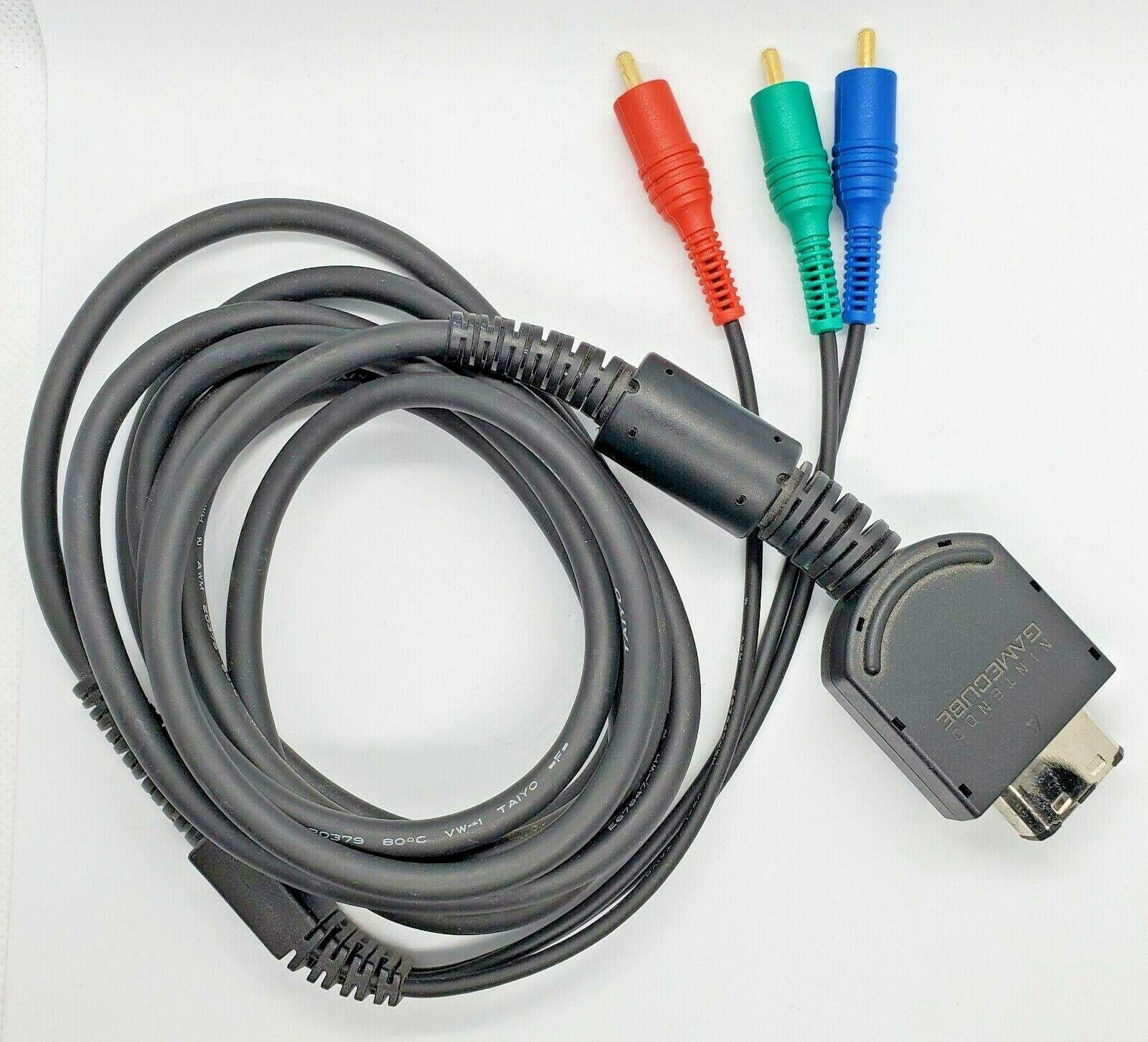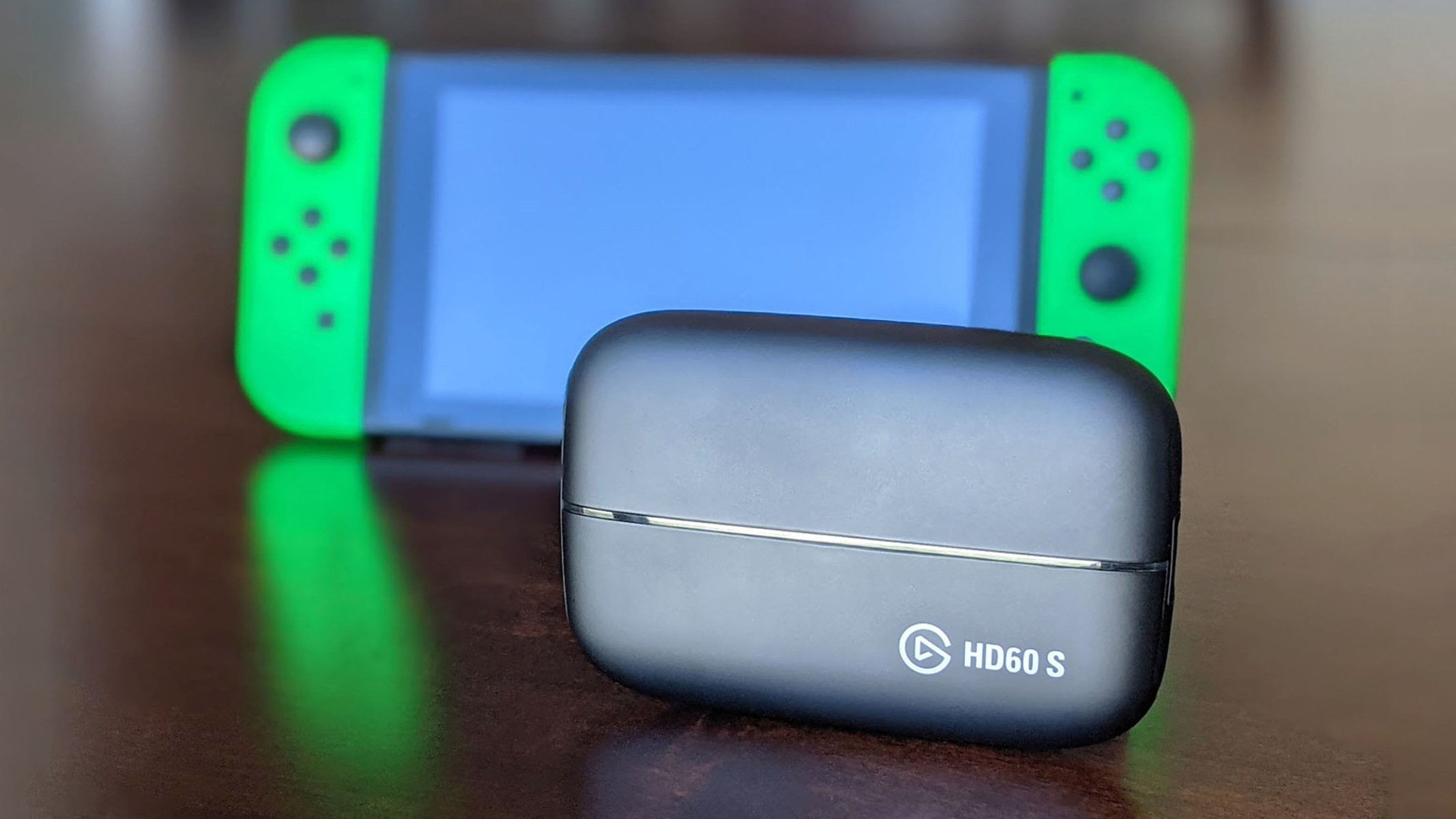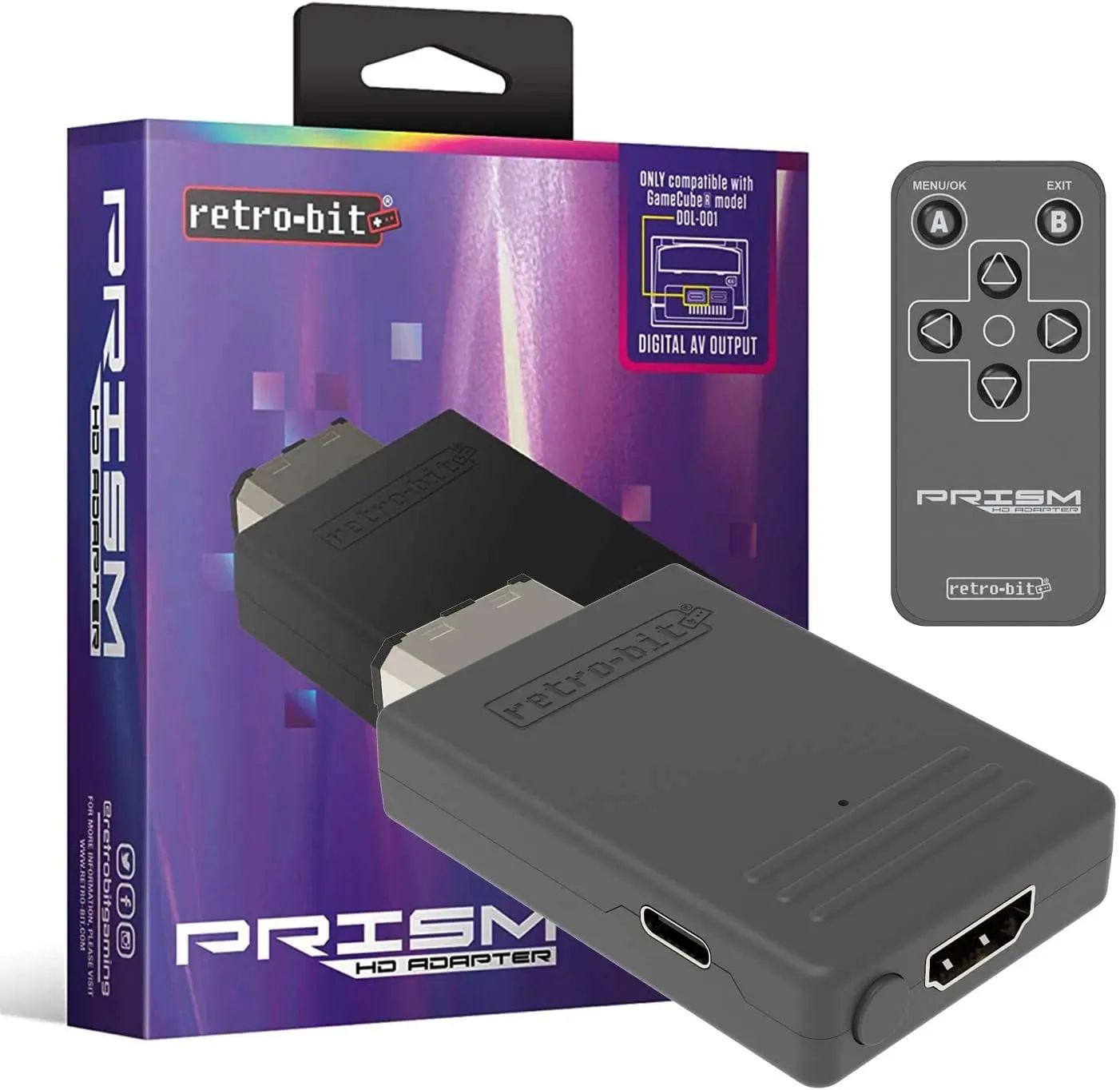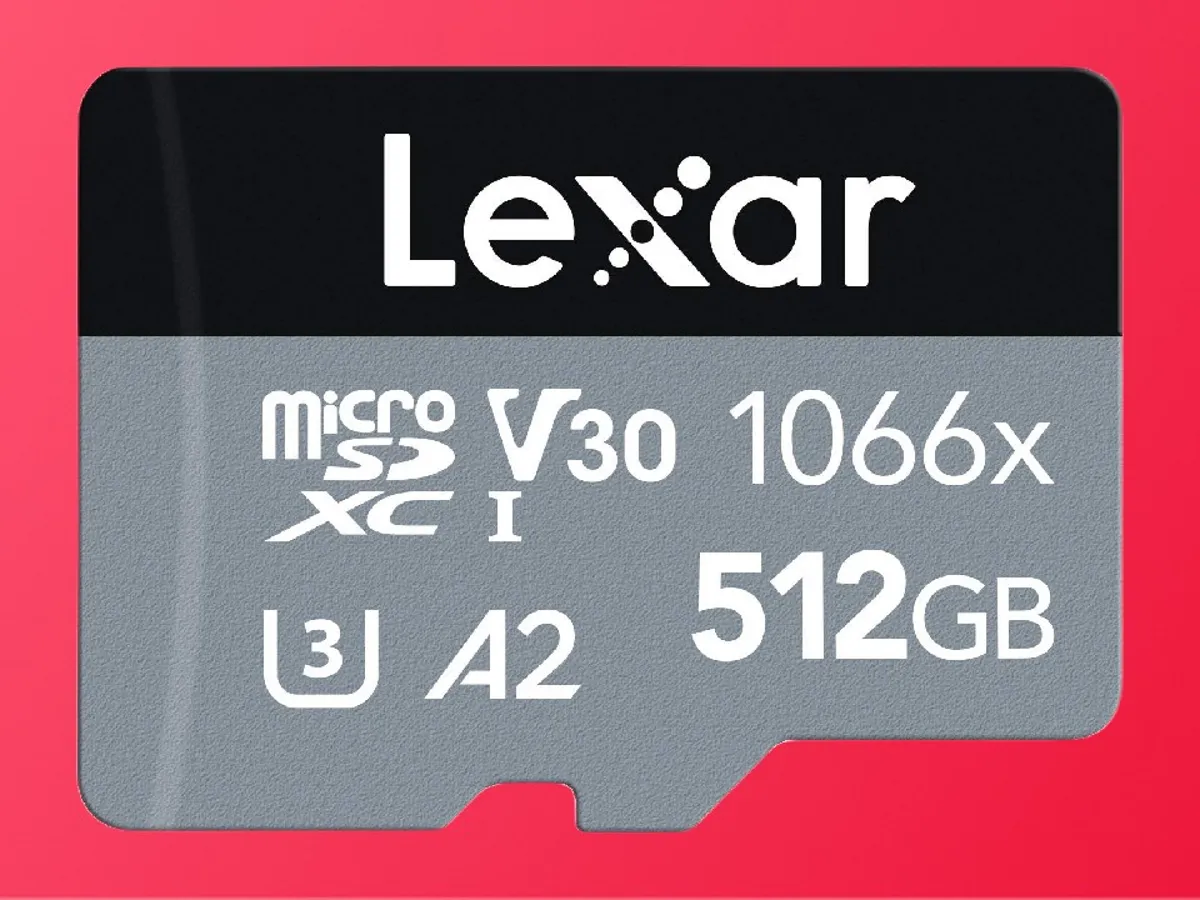Introduction
Welcome to this article where we dive into the world of gaming hardware and explore the graphics card of the much-loved Nintendo Switch. The Nintendo Switch has taken the gaming industry by storm, offering a unique hybrid console that allows players to enjoy their favorite games both at home and on the go. But have you ever wondered what graphics card powers this portable powerhouse?
A graphics card, often referred to as a GPU (Graphics Processing Unit), is a critical component of any gaming device. It is responsible for rendering the stunning visuals and immersive graphics that bring games to life. In the case of the Nintendo Switch, its graphics card plays a vital role in delivering an exceptional gaming experience.
In this article, we will explore the technology behind the graphics card used in the Nintendo Switch, delve into its capabilities, and examine how it affects the gaming experience on this popular console. We will also compare its performance and graphics capabilities with other consoles, highlighting its strengths and limitations.
So, if you’re curious about the inner workings of the Nintendo Switch and want to learn more about the graphics card that powers it, then grab your Joy-Con controllers and let’s dive in!
What is a Graphics Card?
Before we delve into the specifics of the graphics card in the Nintendo Switch, let’s start by understanding what a graphics card is and its importance in the gaming world.
A graphics card, also known as a GPU (Graphics Processing Unit), is a specialized electronic circuit that is designed to handle the rendering and display of images, videos, and animations on a computer or gaming device. It works in conjunction with the computer’s central processing unit (CPU) to handle the complex calculations required for advanced graphics and visual effects.
The primary function of a graphics card is to process and render 3D graphics, allowing gamers to enjoy a visually immersive experience. It does this by manipulating and transforming the data received from the game software into pixels, which are then displayed on a monitor or TV screen.
Graphics cards are equipped with their own dedicated memory, known as video RAM (VRAM) or VRAM, which stores and manages the data required for rendering images and textures. This dedicated memory helps in delivering smooth and lag-free gameplay, as well as enhancing the overall graphical performance of the gaming device.
Furthermore, graphics cards often come with their own set of specialized processors and technologies that enable them to handle intensive graphics tasks more efficiently. Some of these technologies include shader units, pixel pipelines, and texture mapping units, which contribute to creating realistic lighting, shadows, and textures in games.
In summary, a graphics card is an essential component in modern gaming devices as it enables them to deliver stunning visuals and realistic graphics. Without a high-quality graphics card, games would look less visually appealing and struggle to run smoothly. Now that we have a basic understanding of graphics cards, let’s dive into the specific graphics card technology used in the Nintendo Switch.
The Graphics Card Technology Behind Nintendo Switch
The graphics card technology powering the Nintendo Switch is a masterpiece in itself. Developed in collaboration with NVIDIA, the Nintendo Switch features the NVIDIA Tegra X1 SoC (System on a Chip) as its graphics processing unit.
The NVIDIA Tegra X1 is based on NVIDIA’s Maxwell architecture, which is known for its power efficiency and exceptional performance. It boasts 256 CUDA cores, which are responsible for processing and rendering the graphical elements of games. These cores work in harmony to deliver smooth frame rates and breathtaking visuals.
One of the standout features of the Tegra X1 is its ability to dynamically scale its performance to match the demands of the game being played. This means that the graphics card can adjust its power and performance on the fly, ensuring a balance between smooth gameplay and optimal battery life in handheld mode.
In addition to its impressive graphical capabilities, the Tegra X1 also includes advanced technologies such as NVIDIA’s Multi-Resolution Shading and Dynamic Super Resolution. These features enhance the visual fidelity of games by improving anti-aliasing and resolution scaling, resulting in sharper and more detailed graphics.
The Tegra X1 also supports advanced rendering techniques such as physically-based rendering (PBR), which brings more realistic lighting, shadows, and materials to the games on the Nintendo Switch. This adds a layer of depth and immersion to the gaming experience, allowing players to truly get lost in the world of their favorite titles.
Furthermore, the Tegra X1’s power-efficient design ensures that the Nintendo Switch can run games smoothly and comfortably in both handheld mode and when connected to a TV. This versatility sets the Nintendo Switch apart from its competitors and makes it an attractive option for gamers who value convenience and portability.
In the next section, we will explore how the graphics card technology in the Nintendo Switch affects the gaming experience and what makes it stand out from other consoles in terms of performance and graphics.
NVIDIA Tegra X1: The Graphics Powerhouse
At the heart of the Nintendo Switch’s graphics prowess lies the NVIDIA Tegra X1 SoC, a true graphics powerhouse that delivers impressive performance and stunning visuals.
The Tegra X1 is based on NVIDIA’s Maxwell architecture, which is known for its efficiency and power. Featuring 256 CUDA cores, this powerful GPU is capable of handling the most demanding graphical tasks with ease. With its high-performance capabilities, the Tegra X1 ensures smooth gameplay and exceptional graphics on the Nintendo Switch.
One of the key strengths of the Tegra X1 is its ability to dynamically adjust its performance based on the workload. This means that the graphics card can deliver optimal performance while conserving power, allowing gamers to enjoy extended play sessions without worrying about battery life.
In addition to its impressive computational power, the Tegra X1 incorporates advanced technologies that enhance the visual quality of games. The inclusion of NVIDIA’s Multi-Resolution Shading and Dynamic Super Resolution brings improved resolution scaling and anti-aliasing, resulting in sharper edges and smoother visuals.
The Tegra X1 also supports advanced rendering techniques, such as physically-based rendering (PBR), which brings more realism to lighting, materials, and shadows in games. This adds a whole new level of immersion and visual fidelity to the gaming experience on the Nintendo Switch.
Furthermore, the Tegra X1’s power-efficient design allows the Nintendo Switch to deliver exceptional graphics performance in both handheld mode and when docked to a TV. Whether you’re playing on-the-go or enjoying a gaming session on the big screen, the Tegra X1 ensures a consistently high-quality visual experience.
Thanks to the partnership between Nintendo and NVIDIA, the Tegra X1 has been optimized specifically for the Nintendo Switch, resulting in a seamless integration between hardware and software. This collaboration has allowed developers to harness the full potential of the Tegra X1, resulting in visually stunning and immersive games that take full advantage of the console’s capabilities.
In the next section, we will explore how the graphics card of the Nintendo Switch impacts the gaming experience and how it stacks up against other gaming consoles in terms of performance and graphics.
How Does the Graphics Card Affect Gaming Experience on Nintendo Switch?
The graphics card plays a crucial role in determining the quality and overall gaming experience on the Nintendo Switch. As the main component responsible for rendering graphics, it directly impacts the visuals, performance, and immersion of games on the console.
The powerful NVIDIA Tegra X1 graphics card in the Nintendo Switch ensures that games run smoothly and deliver stunning visuals, regardless of whether you’re playing in handheld mode or docked to a TV. Its 256 CUDA cores and advanced rendering technologies enable the console to handle complex graphical tasks with ease.
First and foremost, the graphics card influences the visual quality of games on the Nintendo Switch. With the Tegra X1, the console is capable of producing vibrant colors, sharp textures, and detailed environments. From lush landscapes to intricate character designs, the graphics card ensures that games come to life with stunning visuals.
Besides visual quality, the graphics card also affects the performance of games. The Tegra X1’s computational power allows for smooth frame rates and fluid gameplay, enhancing the overall gaming experience. Whether you’re engaged in intense battles or exploring vast open worlds, the graphics card ensures that gameplay remains responsive and immersive.
Furthermore, the Tegra X1’s power-efficient design helps in maintaining a balance between performance and battery life. This means that even in handheld mode, where power consumption is a concern, the graphics card optimizes performance to deliver an enjoyable gaming experience without sacrificing playtime.
Another aspect influenced by the graphics card is the graphical effects and post-processing in games. The Tegra X1’s advanced technologies, such as Multi-Resolution Shading and physically-based rendering (PBR), enable developers to create stunning lighting effects, realistic shadows, and more detailed textures. These effects enhance the visual fidelity and immersion, making games on the Nintendo Switch visually impressive.
It’s worth noting that while the graphics card in the Nintendo Switch performs admirably, it does have its limitations. Compared to dedicated gaming consoles like the PlayStation 5 or Xbox Series X, the Nintendo Switch’s graphics card may not deliver the same level of graphical performance. However, Nintendo has prioritized the portable and casual gaming experience, and the graphics card is more than capable of delivering enjoyable visuals and gameplay.
Next, we’ll assess how the graphics card in the Nintendo Switch compares to other gaming consoles in terms of performance and graphics.
Performance and Graphics Comparison with Other Consoles
When comparing the performance and graphics capabilities of the Nintendo Switch with other gaming consoles, it’s important to consider the target audience and the unique design philosophy behind each console.
While the Nintendo Switch might not match the raw power of consoles like the PlayStation 5 or Xbox Series X, it offers a distinct advantage in terms of its portability and versatility. The Tegra X1 graphics card in the Nintendo Switch ensures smooth gameplay and impressive visuals, especially considering its portable nature.
In terms of graphical fidelity, the Nintendo Switch excels at delivering beautiful and immersive experiences. Its graphics card can produce vibrant colors, sharp textures, and detailed environments in both handheld and docked mode. However, it’s important to note that the Switch’s graphical capabilities are more in line with the previous generation of consoles rather than the latest powerhouses.
When compared to the PlayStation 5 and Xbox Series X, which boast more advanced and powerful graphics cards, the Nintendo Switch may fall short in terms of sheer graphical performance. These consoles utilize more advanced GPUs and can deliver higher resolutions, faster frame rates, and more realistic graphics.
However, the Nintendo Switch’s unique selling point lies in its ability to seamlessly transition between handheld and docked modes. This versatility, coupled with its solid graphics capabilities, allows Nintendo to target a wider audience, including casual gamers, families, and those on the go.
It’s important to remember that while the Nintendo Switch may not compete directly with other consoles in terms of sheer graphical power, it offers a different and appealing gaming experience. The focus is on delivering enjoyable, accessible, and innovative gameplay rather than pushing the boundaries of graphical realism.
Ultimately, the performance and graphics comparison between the Nintendo Switch and other consoles will depend on individual preferences and priorities. If portability, versatility, and a unique gaming experience are paramount, the Nintendo Switch’s graphics card delivers a solid performance. However, if graphical fidelity and the latest cutting-edge visuals are your priority, then other consoles may offer a more suitable choice.
Now that we’ve explored the performance and graphics comparison, let’s take a look at the limitations of the Nintendo Switch’s graphics card when it comes to running certain games.
Graphics Card Limitations and Nintendo Switch Games
While the Nintendo Switch’s graphics card offers impressive performance and visuals, it does have certain limitations that can impact the performance of certain games.
The primary limitation of the graphics card is its hardware specifications. Compared to more powerful consoles, the Tegra X1 graphics card in the Nintendo Switch has lower computational capabilities and memory bandwidth. As a result, some graphically demanding games may not run as smoothly or exhibit the same level of graphical detail on the Nintendo Switch.
Developers often need to make compromises when porting games to the Nintendo Switch to ensure they run optimally on the hardware. This can involve reducing the resolution, lowering the frame rate, or simplifying certain graphical effects. While these optimizations allow games to run on the Nintendo Switch, they may result in a less visually impressive experience compared to playing the same game on more powerful consoles.
However, it’s worth noting that the vast majority of games on the Nintendo Switch have been specially optimized to work within the capabilities of the console’s graphics card. Developers have found creative ways to deliver visually appealing games that maintain smooth gameplay and a solid frame rate.
Moreover, Nintendo’s focus on gameplay innovation and art style has helped overcome some of the graphical limitations. The company’s expertise in creating captivating and visually charming games allows them to fully utilize the capabilities of the graphics card to deliver compelling experiences.
Additionally, Nintendo has adopted a strategy of releasing both first-party games and third-party titles that are tailored to the Nintendo Switch’s hardware. This ensures that the games available for the console are optimized to provide an enjoyable gaming experience, showcasing the strengths of the graphics card while minimizing its limitations.
Ultimately, while the Nintendo Switch’s graphics card may not be as powerful as those found in other consoles, game developers have risen to the challenge and have managed to deliver remarkable games that maximize the capabilities of the hardware. By focusing on gameplay mechanics, artistic direction, and creative optimization, the Nintendo Switch has established itself as a platform with a diverse and engaging library of games.
Now that we have explored the limitations of the graphics card, let’s wrap up our discussion on the Nintendo Switch’s graphics card and its impact on the overall gaming experience.
Conclusion
In conclusion, the Nintendo Switch’s graphics card, the NVIDIA Tegra X1, is a powerful and efficient component that contributes to the exceptional gaming experience offered by the console. While it may not compete directly with the graphical capabilities of more powerful consoles like the PlayStation 5 or Xbox Series X, it maintains its own unique strengths and advantages.
The Tegra X1’s 256 CUDA cores, advanced rendering technologies, and power efficiency ensure smooth gameplay and visually impressive graphics on the Nintendo Switch. It enables the console to deliver vibrant colors, sharp textures, and detailed environments, whether in handheld or docked mode.
Although the Tegra X1 does have its limitations in terms of computational power and memory bandwidth, game developers have skillfully optimized their titles to work within the capabilities of the graphics card. Nintendo’s emphasis on gameplay innovation and artistic direction has also played a significant role in overcoming these limitations, ensuring an engaging and visually appealing gaming experience.
The Nintendo Switch’s graphics card offers a balance between performance and portability, allowing gamers to enjoy their favorite titles both at home and on the go. Its seamless transition between handheld and docked modes, along with its versatile library of games, makes it a unique and attractive gaming console for a wide range of players.
In summary, while the Nintendo Switch’s graphics card may not boast the highest graphical performance, it excels in delivering enjoyable gameplay experiences, stunning visuals, and a diverse range of games tailored to its specific hardware capabilities. The Tegra X1 is a testament to the collaborative effort between Nintendo and NVIDIA and has solidified the Nintendo Switch’s place as a beloved and innovative gaming console.







